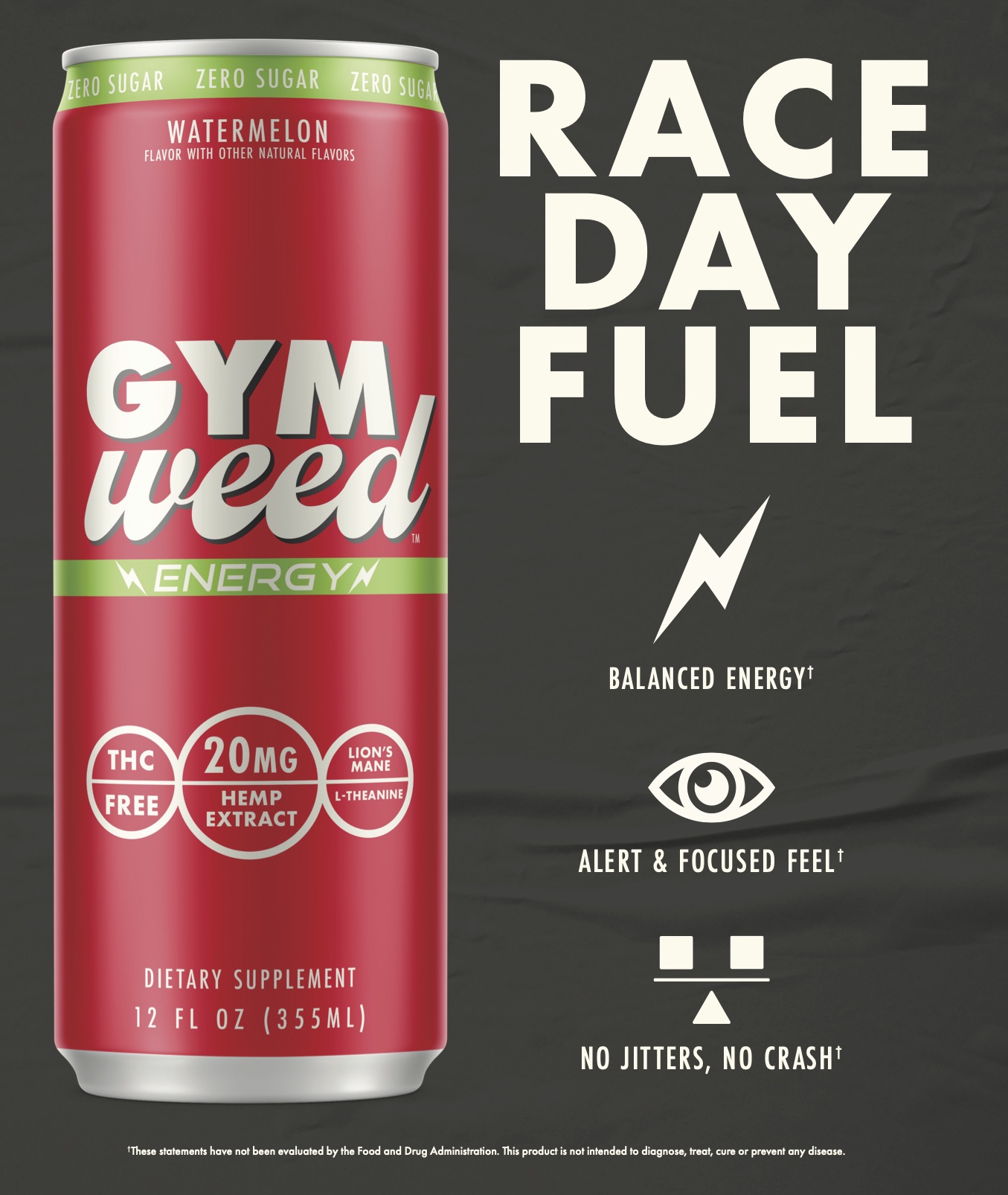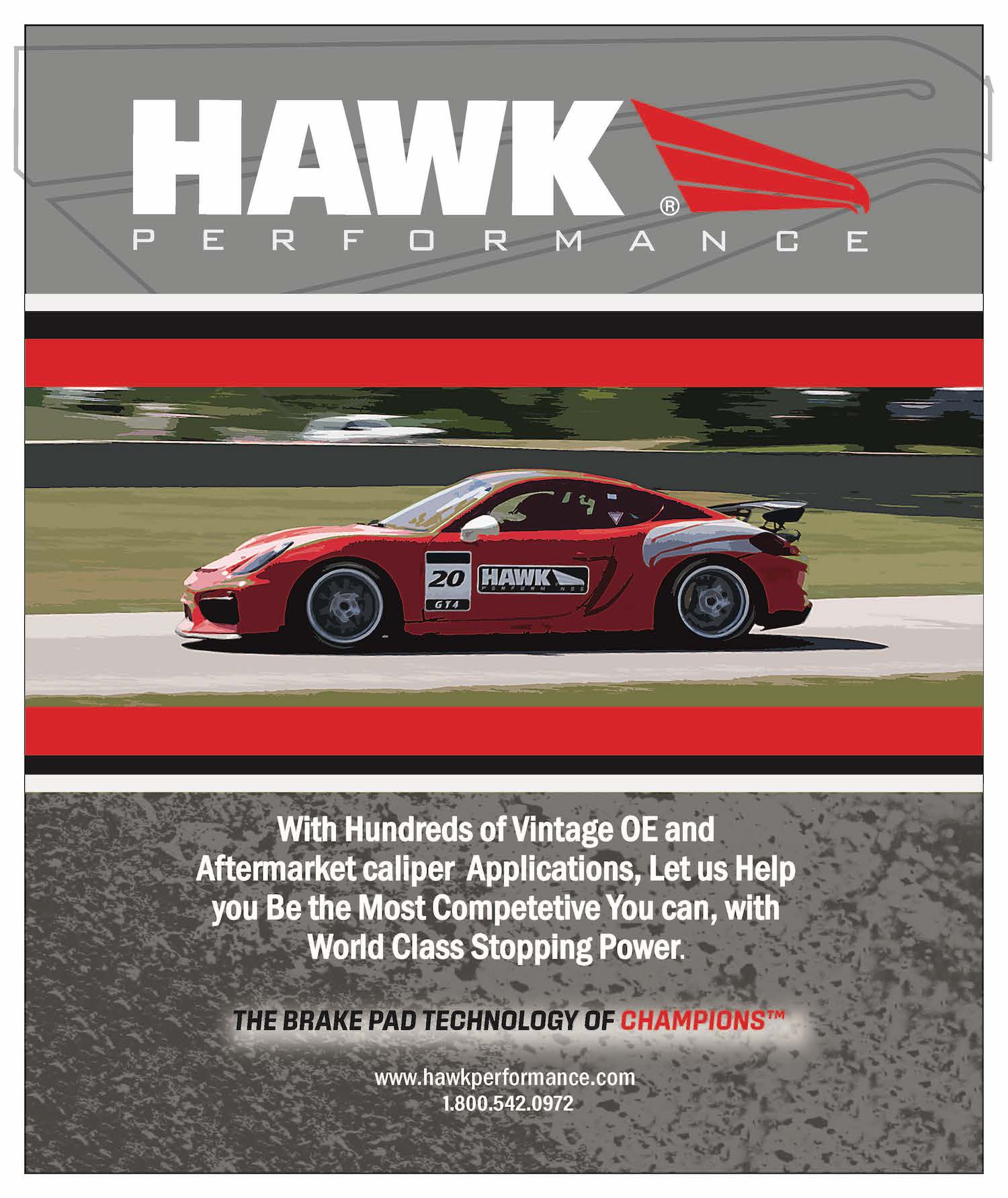Event Program: 2025 VIR SpeedTour
Destination: Virginia is For Wine & Racing Lovers!
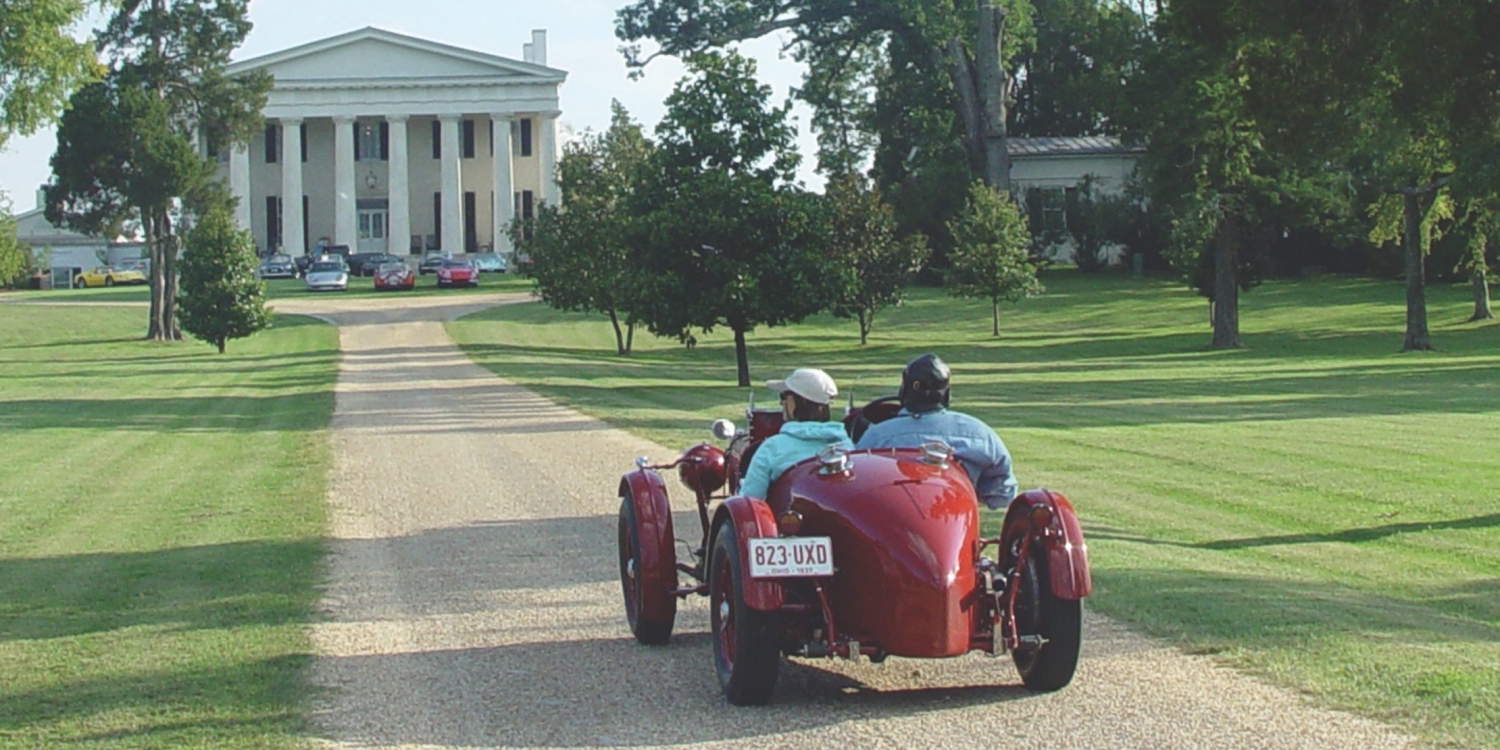
By Rich Taylor
Paleolithic hunter-gathers crossed the Beringia Land Bridge from Asia to North America around 12,000 BC and were soon brewing beer, tequila and mead from local maize, corn, wild grain, wild rice, honey, wild plum, saguaro cactus, agave, prickly pear and berries. These “Native Americans” and their descendants rarely drank wine, despite the availability of grapes. This was likely a matter of taste, rather than lack of ingredients.
Alcoholic wine made from fermented grapes dates back to 6000 BC in China, Persia and Armenia, and was a staple of Mediterranean trade by the time of the Phoenicians around 1000 BC. A millennium later, Roman soldiers planted vineyards wherever they were garrisoned across Europe. Indeed, our English word “wine” is derived from the Latin vinum, specifically meaning a grape vine. After another millennium, Medieval Europe was covered with vineyards, many of them in the care of Catholic monks.
Viking leader Leif Eriksson, of Norwegian-Icelandic extraction, was exiled to Greenland, from which he sailed Southwest around 1000 AD. Eriksson eventually landed at a spot along the Atlantic Coast of North America he called Vinland because of its profusion of wild grapes. These were probably sweet purple Vitis Labrusca, what we now call Concord or Niagara and make into Jewish ceremonial wine and grape jelly.
In 1609, Captain John Smith wrote that around the new British settlement in Jamestown, VA there were grape vines “in great abundance that climbe to the toppes of the highest trees.” These were probably Vitis Rotundifolia or Vitis Aestivalis, both of which produce dark red wines with big fruity flavors. Compared to the delicate Vitis Vinifera wines that the Romans and their descendants cultivated and that Jamestown settlers were used to drinking back home, the local grapes seemed too sweet, too smelly and, well…too much like grape juice.
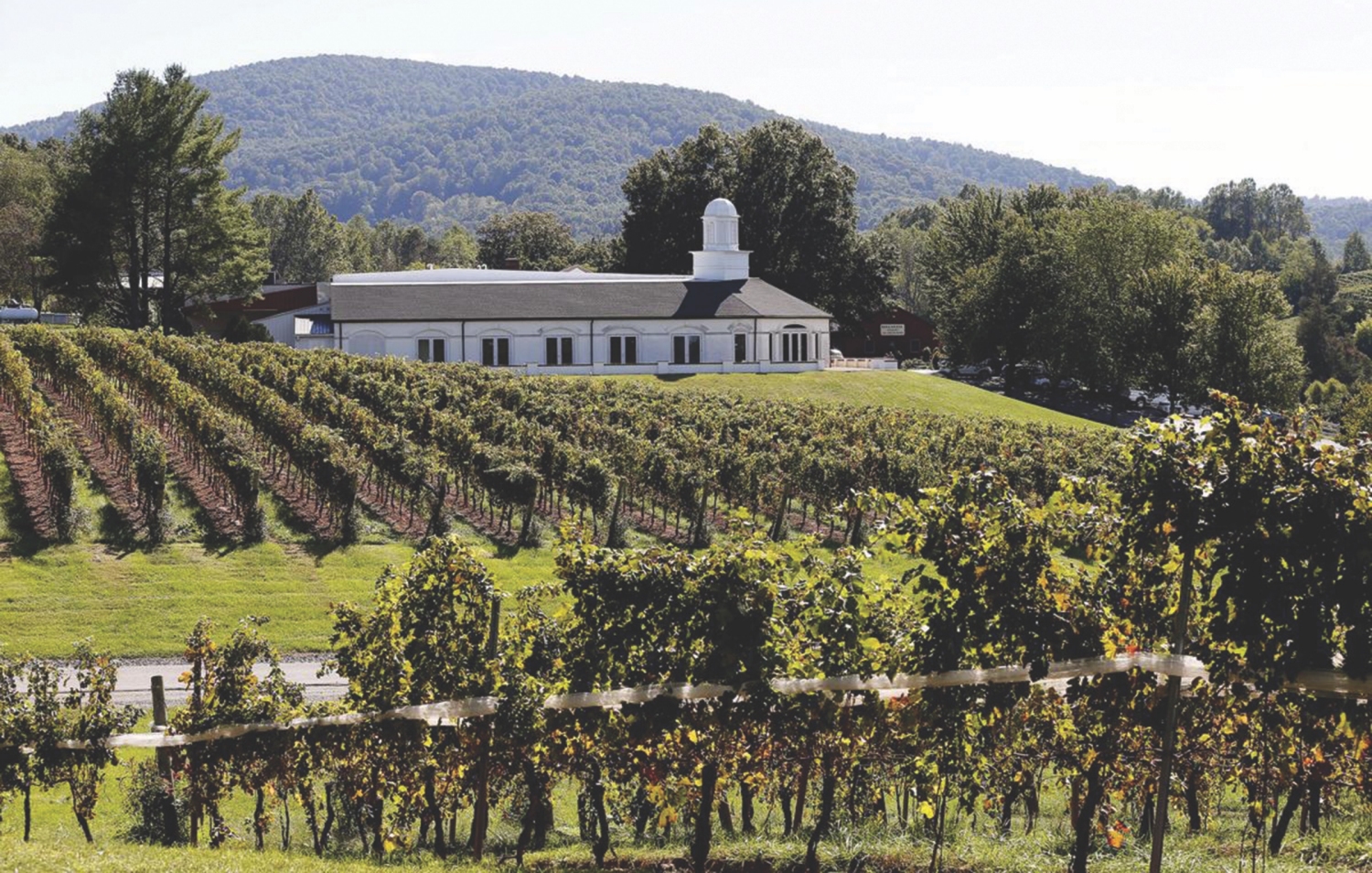
In 1609, Captain John Smith wrote that around the new British settlement in Jamestown, VA there were grape vines “in great abundance that climbe to the toppes of the highest trees.” These were probably Vitis Rotundifolia or Vitis Aestivalis, both of which produce dark red wines with big fruity flavors. Compared to the delicate Vitis Vinifera wines that the Romans and their descendants cultivated and that Jamestown settlers were used to drinking back home, the local grapes seemed too sweet, too smelly and, well…too much like grape juice.
In 1619, one of the first acts of the new Virginia House of Burgesses required every male householder to plant at least ten Vinifera grape vines imported from Europe. The Civil War, World War I, Prohibition, the Great Depression and World War II destroyed most of the vineyards in both Europe and the United States. Baby Boomers started drinking cheap American wines in the Sixties—remember Lake Niagara and Thunderbird?—which quickly led to a search for something better.
In Virginia, the turning point was 1976, when the Italian Zonin family expanded by creating a vineyard outside Charlottesville. Zonin’s Manager at Barboursville Vineyards, Gabriele Rausse, became the first person to successfully grow Vitis Vinifera vines in Virginia. Rausse shared his winemaking secrets as the number of vineyards in Virginia rocketed from one in 1976 to 280 in 2020.
Today, there are over 2600 acres of vineyards in Virginia, annually producing 6500 tons of wine split among Chardonnay, Cabernet Franc, Merlot, Vidal Blanc, Petit Manseng, Petit Verdot and Viognier. If I had a day or two to visit some wineries on my way to or from the Heacock Classic Gold Cup at Virginia International Raceway, I’d head for Charlottesville and Monticello. VIR is only 145 miles from Monticello down Highway 29, so you can easily spend some time wandering around the historic Monticello area and still get to the races.
Thomas Jefferson’s remarkable 1769 house is a UNESCO World Heritage Site and well worth visiting (434-984-9800, monticello.org), as is James Monroe’s nearby Ashlawn-Highland estate (434-293-8000, highland.org). Many visitors grab an authentic Colonial lunch at 1784 Michie Tavern, just down the road from Monticello (434-977-1234, michietavern.com).
Among the more interesting wineries in the immediate Monticello area are Gabriele Rausse (434-981-1677, gabrieleraussewinery.com), Jefferson Vineyards (434-977-3042, jeffersonvineyards.com), Blenheim Vineyards (434-293-5366, blenheimvineyards.com), Thatch Winery (434-979-7105, thatchwinery.com), Michael Shaps (434-296-3438,michaelshapswines.com) and Trump Winery (434-984-4855, trumpwinery.com). Located at Trump’s is a luxury hotel called Albemarle Estate (434-977-4001, trumphotels.com/albemarle-estate), created from an exquisite Georgian mansion.
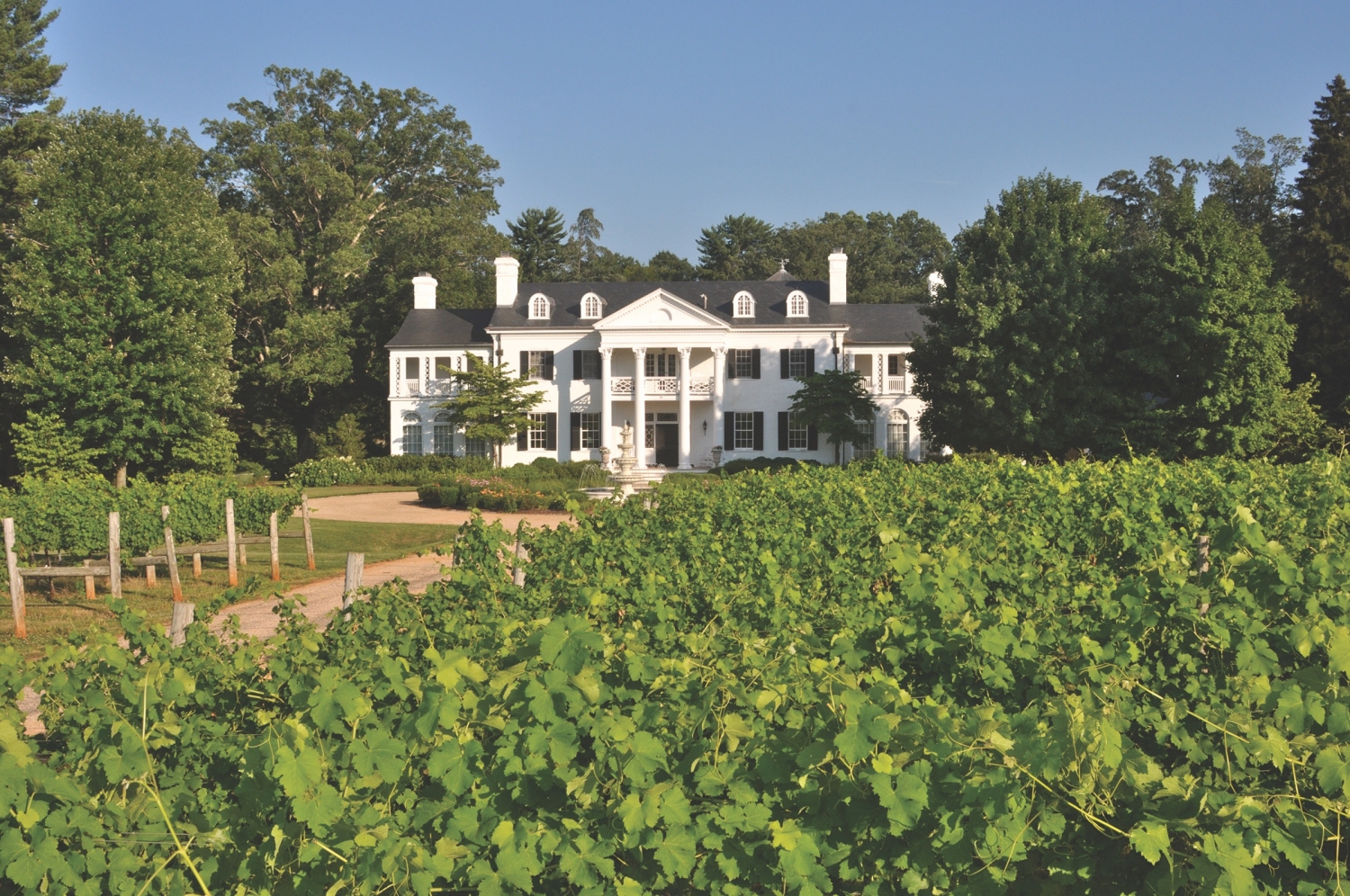
A few miles Northeast of Monticello is another brilliant place to stay, a boutique hotel in an elegant 1912 country estate called Keswick Hall (434-979-3400, Keswick.com). Just up the road from Keswick Hall is Keswick Vineyards (434-244-3341, keswickvineyards.com). Nearby is another cluster of prominent vineyards, including Barboursville, where the modern Virginia wine industry began (540-832-3824, bbvwine.com).
Others vineyards along Route 20 North of Charlottesville include Horton (540-832-7440, hvwine.com), Reynard Florence (540-832-3895, reynardflorence.com), Burnley (540-832-282, burnleywines.com) and Chestnut Oak (434-964-9104, chestnutoakvineyard.com).
On your way South from Charlottesville on Highway 29, you’ll pass four other wineries still within the Monticello AVA. In North Garden, VA are Pippin Hill (434-202-8063, pippinhillfarm.com) and Loving Cup (434-984-0774, lovingcupwine.com). In Faber, VA are Brent Manor Vineyards (434-826-0722, brentmanorvineyards.com) and Delfosse Vineyards (434-263-6100, delfossewine.com).
At the end of your drive down Highway 29, you’ll find the newest wine area in Virginia, called SoVA or Southern Virginia Region. SoVA encompasses the area along the North Carolina border from Martinsville to South Boston. Conveniently, Virginia International Raceway is smack dab in the middle of SoVA.
Our favorite place to stay in SoVA is Berry Hill, an 1839 Green Revival mansion on a property that dates back to 1728 and once stretched out to 105,000 acres (434-517-7000, berryhillresort.com). Our favorite restaurant is Molasses Grill in nearby Halifax, VA (434-476-6265, molassesgrill.com).
SoVA dates have not yet been organized into an AVA. Among the SoVA wineries are award-winning Hickory Hill (540-296-1393, smlwine.com), DeVault (434-993-0722, devaultvineyards.com), Hunting Creek (434-454-9219, hcvwines.com), Bright Meadows Farm (434-349-9463, brightmeadowsfarm.com), Molliver (434-349-1000, molliver-vineyards.com), The Homeplace (434-432-9463, thehomeplacevineyard.com) and Rosemont (434-636-9463, rosemontofvirginia.com).
Unlike the big and fancy vineyards around Monticello, the vineyards in SoVA are unpretentious, many of them recent start-ups still learning the wine business. Some are charming small family vineyards, like The Homeplace, a few are large family plantations, like Rosemont. But all are fun and exciting to visit, because you never know what favorite new wine you might discover.

